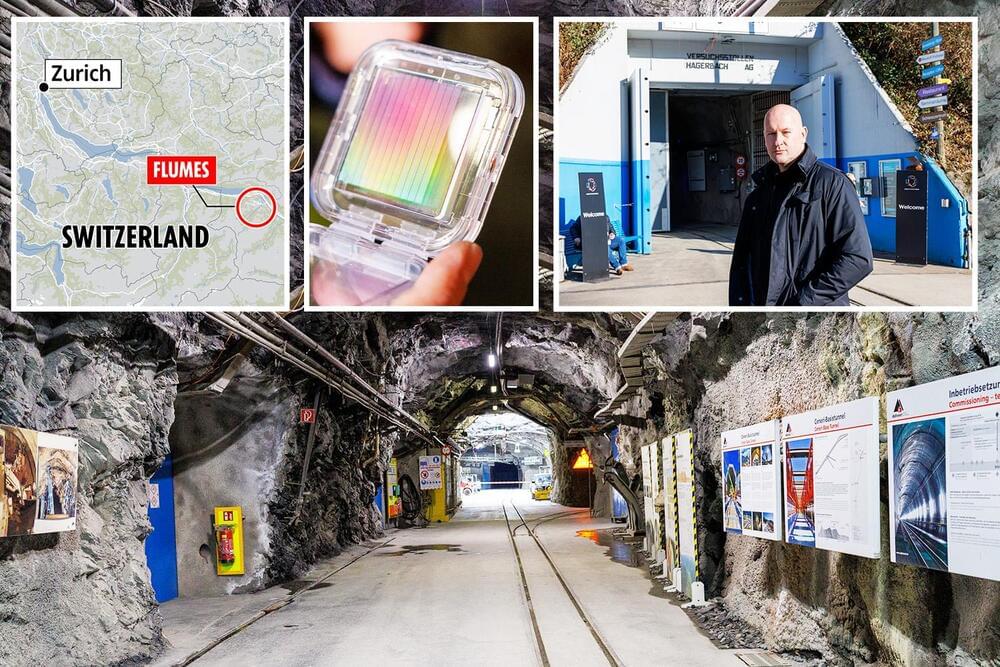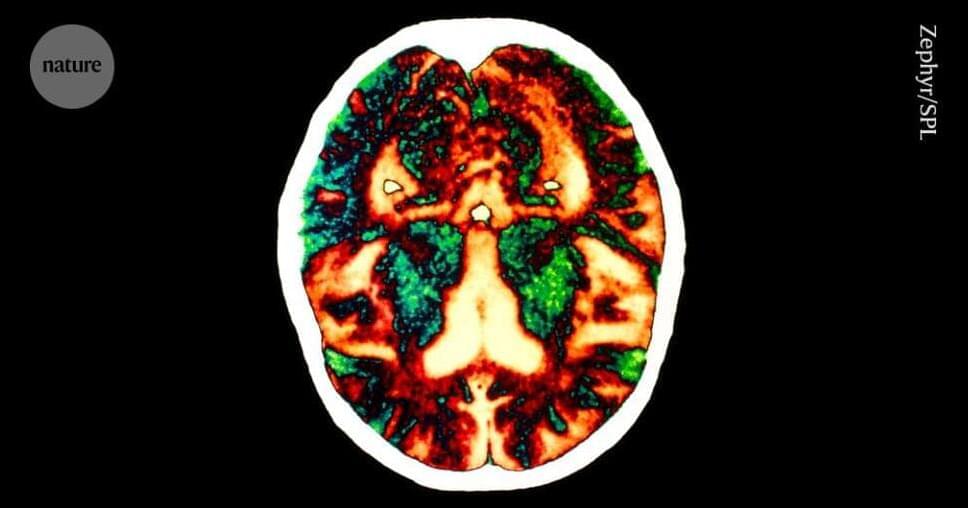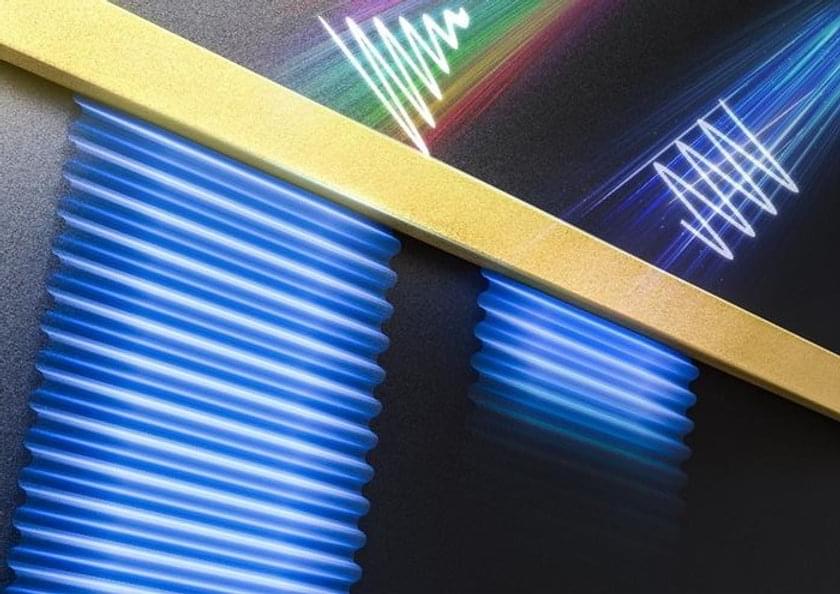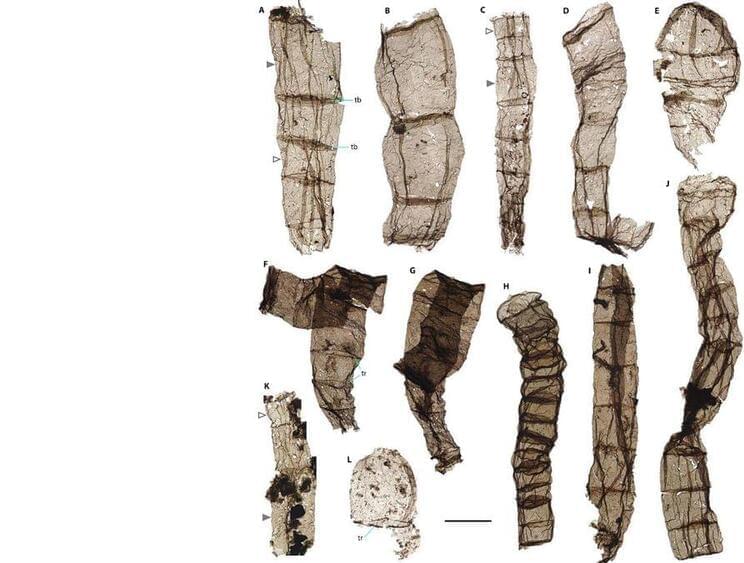These 2023 model-year battery-electric cars can travel the farthest on a full charge.



To make things even more interesting (or weird), there’s a mime (yes, you read that right) in the middle of the street, somehow unfazed by all the surrounding water, who reacts in a way only a mime could (we don’t know what those moves mean, so take that as you may).
Taking both X posts into consideration, there are about 1,000 comments–some say the car would malfunction in a matter of minutes, others say that nothing will happen, while some referred to Elon Musk’s words from 2016 when he said that “the Model S floats well enough to turn it into a boat for short periods of time.”

If you can help please message me privately or email me [email protected].
Thank you.
A nonprofit designed to preserve human heritage forever, in space and on earth. Join the Arch Mission.

Some recent progress on our backup of civilization project …
A SECRET project to back-up planet Earth in the event of apocalypse is underway in a James Bond-style villain bunker in the Swiss Alps.
As a hotbed of conflict explodes around the globe with fears of all-out World War Three mounting, a US firm has installed a British-designed “superman” memory disk containing a compendium of human history.
Located deep inside a mountain vault near Flums, Switzerland, the futuristic quartz disk — designed by boffins at Southampton University’s Optoelectronics Lab — holds 60 million microscopic pages of human knowledge.


Evidence that amyloid-beta particles are infectious and cause dementia in rare cases involving people who got growth hormone from cadavers.
Aβ is described as “prion like”…a seed can lead to more Aβ
The findings support a controversial hypothesis that proteins related to the neurodegenerative disease can be ‘seeded’ in the brain through material taken from cadavers.

A collaborative research team co-led by Professor Shuang ZHANG, the Interim Head of the Department of Physics, The University of Hong Kong (HKU), along with Professor Qing DAI from National Center for Nanoscience and Technology, China, has introduced a solution to a prevalent issue in the realm of nanophotonics – the study of light at an extremely small scale. Their findings, recently published in the prestigious academic journal Nature Materials, propose a synthetic complex frequency wave (CFW) approach to address optical loss in polariton propagation. These findings offer practical solutions such as more efficient light-based devices for faster and more compact data storage and processing in devices such as computer chips and data storage devices, and improved accuracy in sensors, imaging techniques, and security systems.
Surface plasmon polaritons and phonon polaritons offer advantages such as efficient energy storage, local field enhancement, and high sensitivities, benefitting from their ability to confine light at small scales. However, their practical applications are hindered by the issue of ohmic loss, which causes energy dissipation when interacting with natural materials.
Over the past three decades, this limitation has impeded progress in nanophotonics for sensing, superimaging, and nanophotonic circuits. Overcoming ohmic loss would significantly enhance device performance, enabling advancement in sensing technology, high-resolution imaging, and advanced nanophotonic circuits.


China Telecom claims it has built the country’s first supercomputer constructed entirely with Chinese-made components and technology (via ITHome). Based in Wuhan, the Central Intelligent Computing Center supercomputer is reportedly built for AI and can train large language models (LLM) with trillions of parameters. Although China has built supercomputers with domestic hardware and software before, going entirely domestic is a new milestone for the country’s tech industry.
Exact details on the Central Intelligent Computing Center are scarce. What’s clear so far: The supercomputer is purportedly made with only Chinese parts; it can train AI models with trillions of parameters; and it uses liquid cooling. It’s unclear exactly how much performance the supercomputer has. A five-exaflop figure is mentioned in ITHome’s report, but to our eyes it seems that the publication was talking about the total computational power of China Telecom’s supercomputers, and not just this one.

The study shows that analyzing ancient organisms can help unravel the evolutionary history of life on Earth, Craig said.
“Positively identifying any fossil over a billion years old is inherently challenging. For example, the oldest dinosaur fossils are only about 250 million years old, and the ones in this study are almost seven times older,” he said. “That’s why research such as this is exceptionally difficult, but highly rewarding, and when conclusions such as the ones in this study can be reached with high confidence, it represents a significant discovery.”